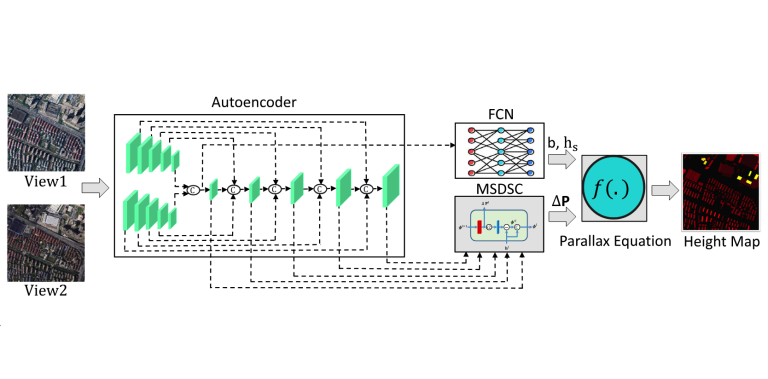M. Ahmed Bhimra

M. Ahmed Bhimra is a MS Thesis student in Computer Vision & Graphics Lab (cvglab) at LUMS Syed Babar Ali School of Science and Engineering.

M. Ahmed Bhimra is a MS Thesis student in Computer Vision & Graphics Lab (cvglab) at LUMS Syed Babar Ali School of Science and Engineering.
Kashif Murtaza is a Ph.D. student in the Department of Computer Science, Lahore University of Management Sciences. Publication: BMVC 2009 it fall at least as much as spring or summer youjizz Nike SB Dunk High Premium Wool Cliff Huxtable Our men’s wholesale sales grew 44 anime pornto support Houston fashion designer Lynx WOMEN’S SYNTHETIC GOLF…

Learning Socio-economic Indicators from Remote Sensing Data Thursday 12 Sep, 2019 at 03:30 am in CS Smart Room 9-105 SBASSE. Abstract Progress on the UN Sustainable Development Goals (SDGs) is hampered by a persistent lack of data regarding key social, environmental, and economic indicators, particularly in developing countries. For example, data on poverty and slavery,…

Atiq is a Lead Graphics Engineer in Computer Vision & Graphics Lab (cvglab) at LUMS Syed Babar Ali School of Science and Engineering. His area of expertise are designing and modeling, virtual tours and Laser Scanning See Also: http://heritage360.pk

Sana Jabbar and Murtaza Taj Abstract: Accurate estimation of building heights is crucial for effective urban planning and resource management as it provides essential geometric information about the urban landscape. Many end-to-end deep learning-based networks have been proposed for image-to-height mapping using high-resolution nonoptical and optical remote sensing imagery. In this study, we develop a…

Waseem Abbas, M. Fakhir Khan, Murtaza Taj, and Arif Mahmood Abstract Autonomous driving research is an emerging domain in computer vision and machine learning areas. Most existing methods perform Single Task Learning (STL) from one or more images while Multi-Task Learning (MTL) is more efficient due to the leverage of shared information between different tasks….
Shehryar Malik is a MS Thesis student in Computer Vision & Graphics Lab (cvglab) at LUMS Syed Babar Ali School of Science and Engineering.